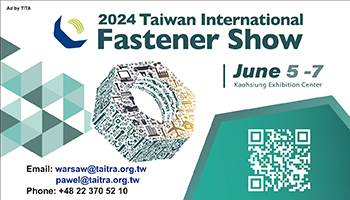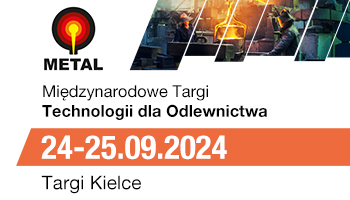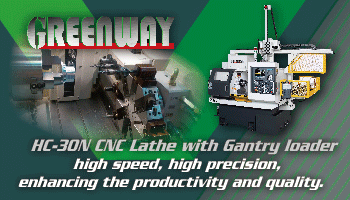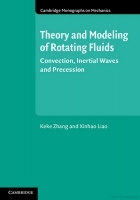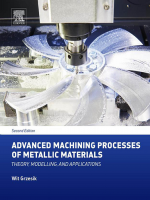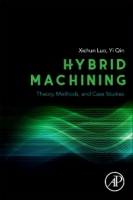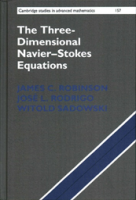A review of the recent investigations regarding texturized cutting tools
Przegląd najnowszych badań dotyczących strukturyzowanych narzędzi do cięcia *
Author: Krzysztof Jarosz
Mechanik nr 04/2021 - Narzędzia
ABSTRACT: This paper presents some important, recently performed investigations on the laser texturing technology applied to the PCD and PCBN cutting tools and some resulting process outputs including cutting forces, tool wear indexes concerning both rake and flank tool faces. It was documented that the properly texturized tool faces results in a substantial reduction of cutting forces, elimination of the adhesion interaction between the tool and the chip, and reduction of abrasive and diffusion tool wear. The role of additional lubrication supply to the cutting zone with modified contact properties is discussed.
KEYWORDS: tool texturing, laser technique, cutting forces, tool wear
STRESZCZENIE: W artykule przedstawiono kilka ważnych, niedawno przeprowadzonych badań nad technologią teksturowania laserowego zastosowaną w narzędziach skrawających z PCD i PCBN oraz niektóre wynikające z tego procesu wyniki odnośnie do siły skrawania, wskaźników zużycia narzędzia, dotyczące zarówno powierzchni natarcia, jak i powierzchni bocznej narzędzia. Udokumentowano, że odpowiednio teksturowane powierzchnie narzędzi powodują znaczne zmniejszenie sił skrawania, eliminację interakcji adhezyjnej między narzędziem a wiórem oraz zmniejszenie zużycia ściernego i dyfuzyjnego narzędzia. Omówiono rolę dodatkowego doprowadzania smaru do strefy skrawania o zmodyfikowanych właściwościach stykowych.
SŁOWA KLUCZOWE: teksturowanie narzędzi, technika laserowa, siły skrawania, zużycie narzędzi
BIBLIOGRAFIA / BIBLIOGRAPHY:
[1] Alagan N.T., Zeman P., Hoier P., Beno T., Klement U. “Investigation of micro-textured cutting tools used for face turning of alloy 718 with high-pressure cooling”. Journal of Manufacturing Processes. 37 (2019): 606–616, https://doi.org/10.1016/j.jmapro.2018.12.023.
[2] Sugihara T., Hasegawa M. “High-speed machining of Ti-6Al-4V with a micro textured cutting tool focusing on coolant behaviors”. LEMP 2020 Proceedings. Ohio, USA (2020).
[3] Fatima A., Whitehead D.J., Mativenga P.T. “Femtosecond laser surface structuring of carbide tooling for modifying contact phenomena”. Proceedings of the Institution of Mechanical Engineers. Part B: Journal of Engineering Manufacture. 228, 11 (2014): 1325–1337, https://doi.org/10.1177/0954405413518516.
[4] Denkena B., Krödel A., Grove T. “Influence of pulsed laser ablation on the surface integrity of PCBN cutting tool materials”. The International Journal of Advanced Manufacturing Technology. 101, 5–8 (2019) :1687–1698, https://doi.org/10.1007/s00170-018-3032-4.
[5] Dunn A., Carstensen J.V., Wlodarczyk K.L., Hansen E.B., Gabzdyl J., Harrison P.M., Hand D.P. “Nanosecond laser texturing for high friction applications”. Optics and Lasers in Engineering. 62 (2014): 9–16, https://doi.org/10.1016/j.optlaseng.2014.05.003.
[6] Ta D.V., Dunn A., Wasley T.J., Kay R.W., Stringer J., Smith P.J., Shephard J.D. “Nanosecond laser textured superhydrophobic metallic surfaces and their chemical sensing applications”. Applied Surface Science. 357 (2015): 248–254, https://doi.org/10.1016/j.apsusc.2015.09.027.
[7] Takayama N., Ishizuka J., Yan J. “Microgrooving of a single-crystal diamond tool using a picosecond pulsed laser and some cutting tests”. Precision Engineering. 53 (2018): 252––262, https://doi.org/10.1016/j.precisioneng.2018.04.009.
[8] Grzesik W. „Tribologiczne aspekty strukturyzowania powierzchni natarcia ostrza skrawającego” (“Tribological aspects of texturizing of the cutting tool’s rake face”). Mechanik. 5–6 (2012): 418–423.
[9] Grzesik W. “Advanced machining processes of metallic materials”. Amsterdam: Elsevier (2018), https://books.google.pl/books?hl=pl&lr=&id=j-_QA3u1D5EC&oi=fnd&pg=PP1&dq=Advanced+machining+processes+of+metallic+materials&ots=ivdhDggbXR&sig=Ytabh5rPo9aX6Hecmr0_ebLKqQc&redir_esc=y#v=onepage&q=Advanced%20machining%20processes%20of%20metallic%20materials&f=false.
DOI: https://doi.org/10.17814/mechanik.2021.4.7
* Artykuł recenzowany



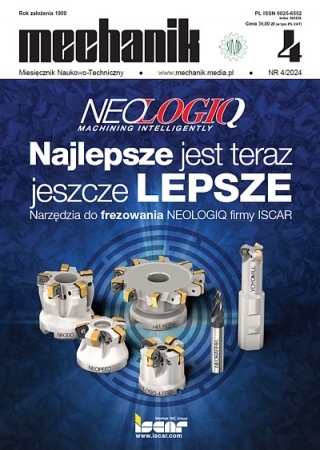
.gif)
